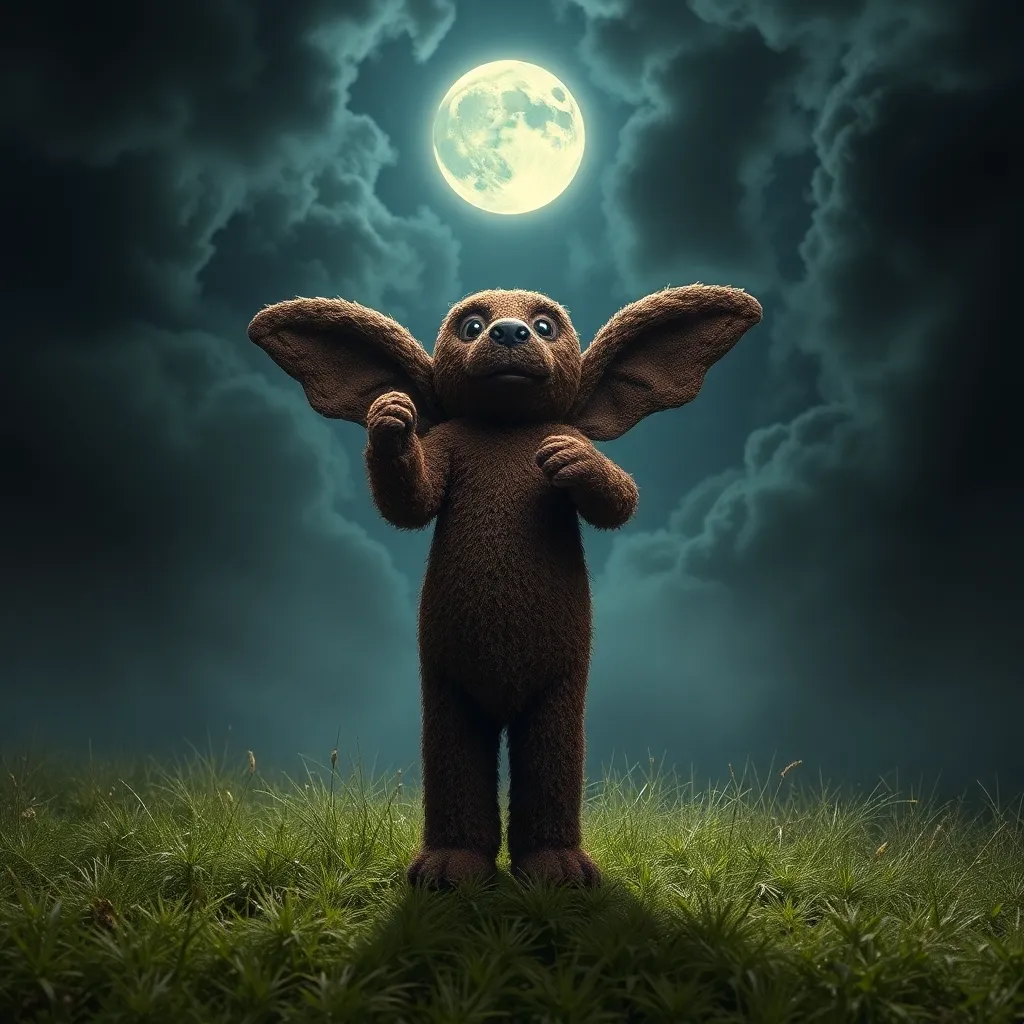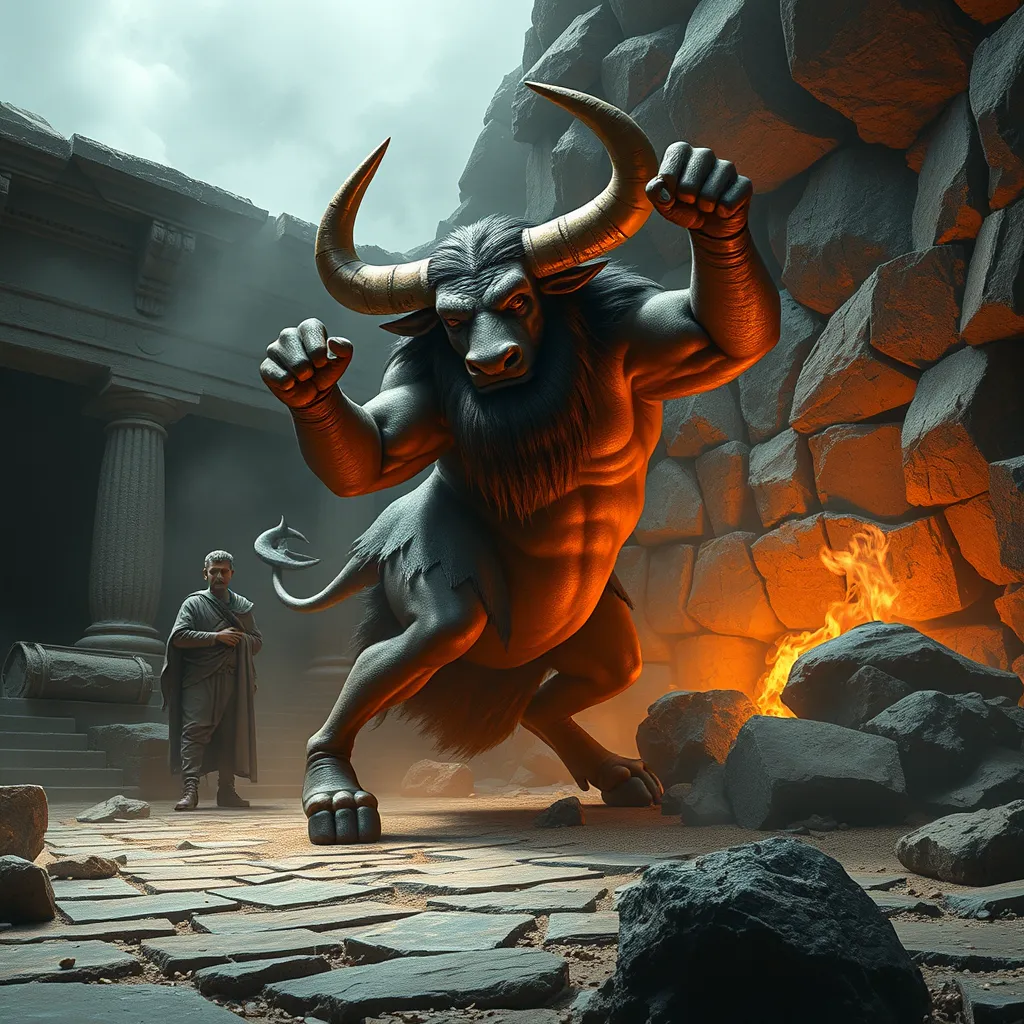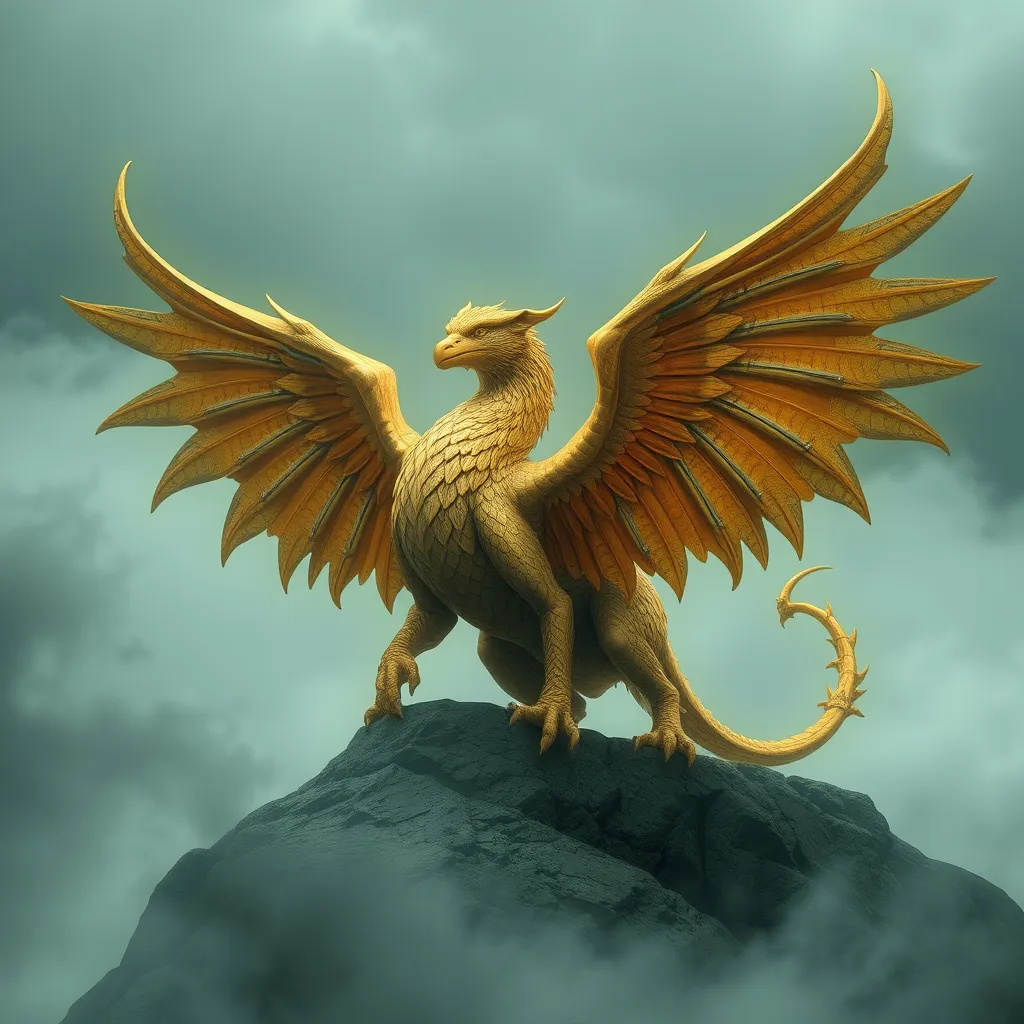Brownie Encounters: Modern Day Sightings & Reports
I. Introduction to Brownies
Brownies are fascinating creatures that originate from folklore, primarily within British and Scottish traditions. Described as small, helpful beings, they are typically associated with household chores and agricultural tasks. These mythical entities have garnered a rich cultural significance across various regions, symbolizing goodwill and the spirit of assistance.
This article will explore modern sightings and reports of Brownies, delving into their characteristics, historical context, and the cultural interpretations surrounding them. We aim to provide a comprehensive overview of how these mythical beings continue to influence contemporary folklore.
II. Characteristics of Brownies
A. Physical descriptions and traits
Brownies are often depicted as small, humanoid figures, usually no taller than a foot. Their appearance may vary, but common traits include:
- Short stature
- Brown or tan skin, resembling the color of earth
- Long hair, often described as unkempt or wild
- Simple clothing, typically made from natural materials
B. Behavioral patterns and common activities
Brownies are known for their industrious nature, often engaging in various household tasks during the night. Their common activities include:
- Cleaning and tidying up
- Feeding livestock and other animals
- Repairing tools and household items
Despite their helpfulness, they are also known to be shy and elusive, preferring to remain unseen by humans.
C. Distinctions from other mythological creatures
While Brownies may share similarities with other mythological beings, such as fairies or elves, they are distinct in several ways:
- Brownies are primarily associated with domestic spaces, unlike fairies, who often inhabit natural settings.
- They are characterized by their helpful nature, contrasting with the sometimes mischievous behavior of other creatures.
- Brownies tend to be solitary, whereas many other mythological beings exist in larger groups or communities.
III. Historical Context of Brownie Sightings
A. Evolution of Brownie folklore over the centuries
Brownie folklore has evolved significantly since its inception, adapting to cultural changes and societal norms. Initially, these beings were often seen as spirits of the land or household, integral to agricultural life. Over time, their portrayal shifted, particularly during the Victorian era, when they were romanticized in literature and art.
B. Notable historical accounts and their impact on modern perceptions
Several historical accounts have shaped the contemporary understanding of Brownies. Notable mentions include:
- The writings of Robert Chambers in the 19th century, which popularized Brownie lore.
- Folkloric collections by Andrew Lang that documented various tales and sightings.
These accounts not only preserved the stories but also influenced modern perceptions, merging historical beliefs with contemporary storytelling.
C. Transition from oral traditions to documented sightings
As societies evolved, the transition from oral traditions to written documentation altered the narrative surrounding Brownies. This shift has allowed for a more structured understanding of sightings, leading to detailed reports and anecdotal evidence that continue to intrigue both researchers and enthusiasts.
IV. Modern Day Sightings: An Overview
A. Recent reports and anecdotal evidence
In recent years, there has been a resurgence of interest in Brownies, with many individuals claiming to have encountered these elusive beings. Reports often describe:
- Strange noises at night, reminiscent of small footsteps.
- Unexpectedly tidy spaces or items mysteriously moved.
- Glances of small figures in gardens or near barns.
B. Geographic hotspots for Brownie encounters
Brownie sightings have been reported across various regions, with certain areas emerging as hotspots. Notable locations include:
- The rural countryside of Scotland
- The woodlands of England
- Remote farms in Ireland
C. Analysis of patterns in modern sightings
Analyzing modern sightings reveals patterns that suggest Brownies are often associated with:
- Older homes or buildings, particularly those with historical significance.
- Areas with rich natural surroundings, such as forests and fields.
These patterns indicate a lingering connection between Brownies and traditional rural life.
V. Case Studies: Notable Brownie Encounters
A. Detailed accounts from eyewitnesses
Several eyewitness accounts provide intriguing insights into Brownie encounters. One such case involves a farmer who reported:
Every morning, I would find my barn cleaner than I left it the night before. At first, I thought it was my imagination until I caught a glimpse of a small figure darting behind the hay.
B. Investigations and field research findings
Investigations into these sightings often involve field research, where experts attempt to document evidence of Brownies. Findings have included:
- Unexplained disturbances in nature, such as unusual animal behavior.
- Footprints that do not match known animal species.
C. Comparison of different types of sightings (urban vs. rural)
Urban sightings tend to be less common and often involve shadowy figures or strange noises, while rural encounters are more vivid and detailed. This contrast highlights the connection between Brownies and natural environments.
VI. The Role of Technology in Documenting Sightings
A. Use of social media and online forums for reporting encounters
In the digital age, social media and online forums have become vital platforms for sharing Brownie sightings. Enthusiasts can connect, share experiences, and discuss encounters, contributing to the preservation of folklore.
B. Impact of photography and video evidence on credibility
Modern technology allows for the capture of photographic and video evidence, enhancing the credibility of reports. However, the proliferation of digital content also raises questions about authenticity.
C. Challenges and skepticism in the digital age
While technology has enabled greater documentation, it has also led to skepticism. Many encounters are dismissed as hoaxes or misinterpretations, challenging the legitimacy of genuine sightings.
VII. Cultural Interpretations and Reactions
A. How different communities perceive and react to sightings
Community reactions to Brownie sightings vary widely. Some embrace the folklore, celebrating the creatures as part of their cultural heritage, while others may view them as mere superstition.
B. The influence of media representations on public opinion
Media portrayals of Brownies, from children’s literature to films, have shaped public perception, often romanticizing their helpful nature while downplaying their mystery.
C. The role of Brownies in contemporary folklore and storytelling
Brownies continue to play a significant role in contemporary folklore, inspiring stories, art, and discussions about the intersection of mythology and modern life.
VIII. Conclusion and Future Outlook
A. Summary of key findings from modern sightings
Modern sightings of Brownies reveal a rich tapestry of experiences, rooted in historical context yet evolving with contemporary society. These encounters, whether in rural or urban settings, highlight the enduring fascination with these mythical beings.
B. The importance of preserving folklore in modern society
Preserving folklore is essential for understanding cultural identities and heritage. Brownies, as part of this rich tradition, encourage us to explore our connections to the past.
C. Encouragement for readers to share their own encounters and experiences
We invite readers to reflect on their own experiences with Brownies or similar folklore. Sharing these stories not only enriches our understanding but also strengthens the cultural narrative surrounding these enchanting beings.




